-
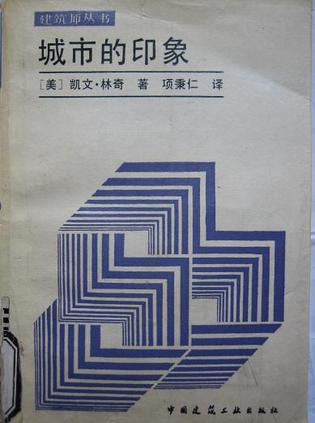
城市的印象
据美国麻省理工学院和哈佛大学出版社1960年联合出版的版本翻译。 对市民来说,他们的城市意味着什么?为使城市形象生动难忘,城市设计者应做些什么? 为回答这些问题,林奇对洛杉矶、波士顿和泽西城市民的一些体验作了研究,依据在现场的调查和访问中取得的大量资料进行文化、艺术、人类学和心理学等方面的分析,从而建立了一个新的标准——形象性(Imageability),并且阐述了它对于城市的新建和改造所谴责的价值。 本译本是林奇THE IMAGE OF THE CITY 一书在中国大陆的首个中译。收入中国建筑工业出版社“建筑师丛书”。 该译文由项秉仁(现同济大学建筑城规学院教授)译出,原载于《建筑师》丛刊第19~22期,受到广大读者的欢迎。90年重新整理出版了这册单行本。 该版只印行2310册,故很少有人知道。 -
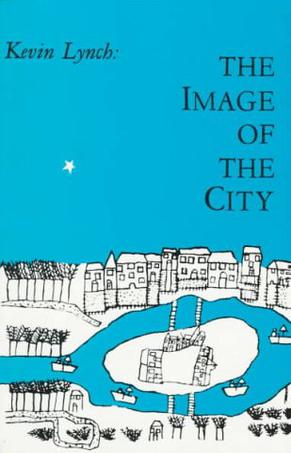
The Image of the City
What does the city's form actually mean to the people who live there? What can the city planner do to make the city's image more vivid and memorable to the city dweller? To answer these questions, Mr. Lynch, supported by studies of Los Angeles, Boston, and Jersey City, formulates a new criterion--imageability--and shows its potential value as a guide for the building and rebuilding of cities.The wide scope of this study leads to an original and vital method for the evaluation of city form. The architect, the planner, and certainly the city dweller will all want to read this book. -
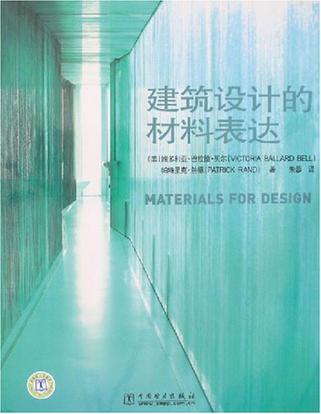
建筑设计的材料表达
《建筑设计的材料表达》为设计灵感的培养奠定了基础。《建筑设计的材料表达》共分为五部分——玻璃、混凝土、木材、金属和塑料,它对于锰种材料的性能、历史、转变以及生产技术都进行了充分的研究。其中囊括了当争世界上最具创造力的建筑师的60个经典案例研究,《建筑设计的材料表达》详细阐述了这些用于创造性用途的材料,并阐明了如何运用材料来激发建筑的创作灵感。 建筑设计材料的选择是建筑师必须要做的最重要的决策之一,然而这在设计过程的初始阶段却通常不会被提出来。同样,学生们往;往被分开来教授材料和设计知识,好像两者之间互不关联。但是,随着整合设计和建造项目的发展,它在美学以及材料之间的联系方面就表现出前所未有的重要性。 -
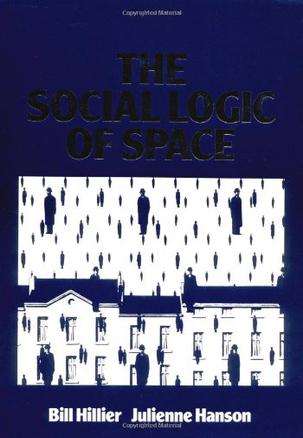
The Social Logic of Space
The book presents a new theory of space: how and why it is a vital component of how societies work. The theory is developed on the basis of a new way of describing and analysing the kinds of spatial patterns produced by buildings and towns. The methods are explained so that anyone interested in how towns or buildings are structured and how they work can make use of them. The book also presents a new theory of societies and spatial systems, and what it is about different types of society that leads them to adopt fundamentally different spatial forms. From this general theory, the outline of a 'pathology of modern urbanism' in today's social context is developed. -
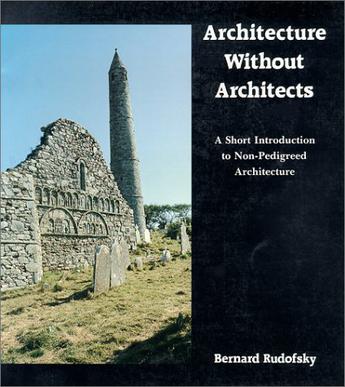
Architecture Without Architects
A unique examination of building and culture. -
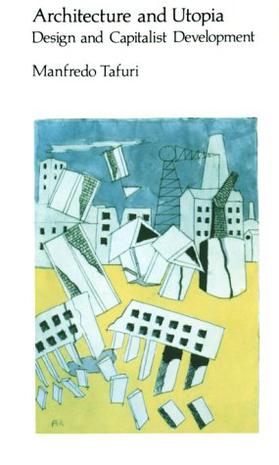
Architecture and Utopia
Written from a neo-Marxist point of view by a prominent Italian architectural historian, Architecture and Utopia leads the reader beyond architectural form into a broader understanding of the relation of architecture to society and the architect to the workforce and the marketplace. It discusses the Garden Cities movement and the suburban developments it generated, the German-Russian architectural experiments of the 1920s, the place of the avant-garde in the plastic arts, and the uses and pitfalls of seismological approaches to architecture, and assesses the prospects of socialist alternatives.